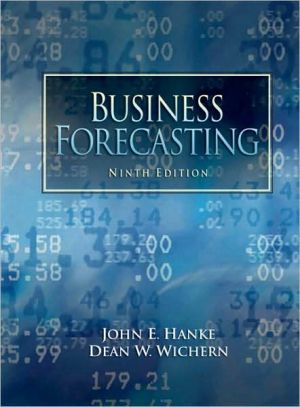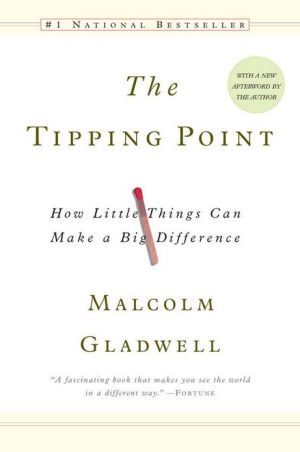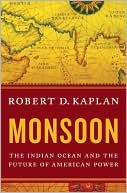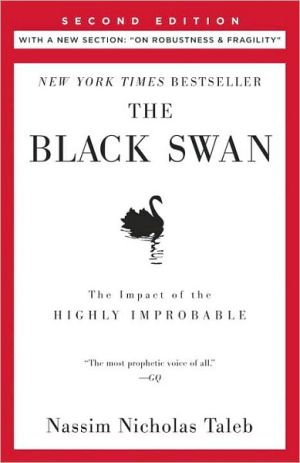Business Forecasting
KEY BENEFIT: The ninth edition of Business Forecasting presents basic statistical techniques that are useful for preparing individual business forecasts and long-range plans. Written in a simple, straightforward style and making extensive use of practical business examples, the book includes many cases that provide readers with the necessary link between theoretical concepts and their real-world applications. Readers should have a basic knowledge of statistics and be familiar with computer...
Search in google:
KEY BENEFIT: The ninth edition of Business Forecasting presents basic statistical techniques that are useful for preparing individual business forecasts and long-range plans. Written in a simple, straightforward style and making extensive use of practical business examples, the book includes many cases that provide readers with the necessary link between theoretical concepts and their real-world applications. Readers should have a basic knowledge of statistics and be familiar with computer applications such as word processing and spreadsheets. KEY TOPICS: The book first presents background material such as the nature of forecasting and a quick review of basic statistical concepts; proceeds with the exploration of data patterns and choosing a forecasting technique; covers averaging the smoothing techniques and time series decomposition; emphasizes causal forecasting techniques such as correlation, regression, and multiple regression analysis; and concludes with judgmental forecasting and forecast adjustments. MARKET: Useful as a reference for students and professionals with job titles including: forecasting manager, marketing manager, production manager, and analyst. Booknews Presents basic statistical techniques that are useful for preparing individual business forecasts and long-range plans, with practical cases and examples of the use of Minitab and Excel. Emphasis is on the application of techniques by management for decision making. Early chapters present background material, review basic statistical concepts, and examine data collection methods, data patterns, and choosing a forecasting technique. Later chapters discuss averaging and smoothing techniques, causal forecasting techniques, and techniques involving time series analysis. A concluding chapter discusses technological and judgmental forecasting techniques, and how to manage and monitor the forecasting process. Includes chapter glossaries, key formulas, problems, and cases with questions. This sixth edition features demonstrations of how to use Minitab in a forecasting situation and how to use Excel to solve a forecasting problem at the end of each chapter. A new data set on the Internet is available, and there are new chapter cases and exercises. Assumes introductory courses in statistics and computers. Annotation c. by Book News, Inc., Portland, Or.
PrefaceCh. 1Introduction to Forecasting1Ch. 2A Review of Basic Statistical Concepts13Ch. 3Exploring Data Patterns and Choosing a Forecasting Technique53Ch. 4Moving Averages and Smoothing Methods95Ch. 5Time Series and Their Components143Ch. 6Simple Linear Regression193Ch. 7Multiple Regression Analysis241Ch. 8Regression with Time Series Data294Ch. 9The Box-Jenkins (ARIMA) Methodology346Ch. 10Judgmental Elements in Forecasting421Ch. 11Managing the Forecasting Process438App. A: Derivations457App. B: Data for Case Study 7.1459App. C: Tables461App. D: Data Sets and Databases472Index493
\ BooknewsPresents basic statistical techniques that are useful for preparing individual business forecasts and long-range plans, with practical cases and examples of the use of Minitab and Excel. Emphasis is on the application of techniques by management for decision making. Early chapters present background material, review basic statistical concepts, and examine data collection methods, data patterns, and choosing a forecasting technique. Later chapters discuss averaging and smoothing techniques, causal forecasting techniques, and techniques involving time series analysis. A concluding chapter discusses technological and judgmental forecasting techniques, and how to manage and monitor the forecasting process. Includes chapter glossaries, key formulas, problems, and cases with questions. This sixth edition features demonstrations of how to use Minitab in a forecasting situation and how to use Excel to solve a forecasting problem at the end of each chapter. A new data set on the Internet is available, and there are new chapter cases and exercises. Assumes introductory courses in statistics and computers. Annotation c. by Book News, Inc., Portland, Or.\ \








